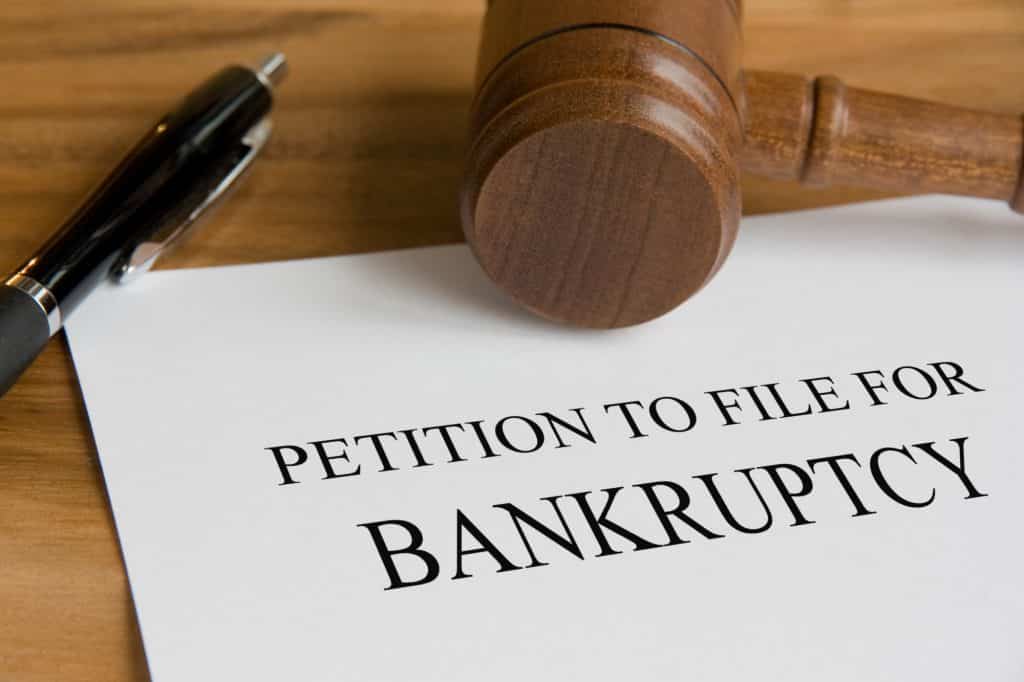After East Asia’s financial crisis in the 1990s, middle-income countries including the Philippines made up 80% of the total East Asian bankruptcies filed.
Do you know what happens when you declare bankruptcy in the Philippines? We’re coming up on another financial crisis, so now is the best time yet to learn your legal rights. That’s why we created this guide.
Are you considering filing bankruptcy in the Philippines and want to know what to expect? Then you’ve got to keep reading because this article is for you.
What Exactly is Bankruptcy?
Bankruptcy is a legal process that takes place after an individual or company has defaulted on a debt.
Filing bankruptcy allows individuals options to either repay or offer collateral to erase their debts. At the same time, bankruptcies allow the bank or other lending institution to remove bad debt from their ledgers.
When the bankruptcy filer can’t repay debts, they typically end up divesting an asset. An asset is anything a company or individual owns outright. For example, buildings, homes, cars, etc.
The Philippines Bankruptcy Law: The Financial Rehabilitation and Insolvency Act
The Financial Rehabilitation and Insolvency Act (FRIA) legally allows the declaration of bankruptcy in the Philippines. Individuals can file for personal bankruptcy. Companies will file for business bankruptcy.
In the Philippines, there are three ways to file bankruptcy legally. We’re going in-depth with each method next, so check it out.
Suspended Payment
In some cases, an individual or business filing for bankruptcy can repay the debt over time. A Philippines court will restructure the debt payments to allow for a longer period of repayment.
Suspended payment bankruptcies are allowed when:
- The debtor has the collateral to cover the debt but can’t meet payments by their due date
- The debtor presents a restructuring payment plan that is both possible and agreeable to the lending party
- Creditors or lenders who hold 60% of more of the debt liability get together and agree on the debtor’s proposed repayment plan
Once the lender agrees to the debtor’s restructuring strategy, the debtor can proceed with the suspended payment bankruptcy agreement.
Voluntary Insolvency
With voluntary insolvency, an individual or business defaults on a debt. Unlike suspended payment bankruptcies, voluntary insolvencies allow debtors to voluntarily give up assets to repay debts.
To file for this type of bankruptcy, the individual or company must have assets that sufficiently balance out the debts owed. However, these debts must be in excess of P500,000.
Individuals or businesses filing for voluntary insolvency are responsible for petitioning the court. The court will then determine whether the collateral offered is equal to the debts owed.
Within five days of approving the petition, the court will issue a liquidation order. Liquidation orders allow the original lenders to claim the proposed collateral to settle the debt.
Involuntary Insolvency
Involuntary insolvency is different from both suspended payment and voluntary insolvency bankruptcies in the Philippines. Why? Because Philippine creditors and lenders, not debtors, initiate involuntary insolvency.
Under FRIA in the Philippines, lenders with claims of P500,000 or more can file a petition with the courts. The court should be that of the city or province where the debtor lives.
This petition will outline that, upon default of the debt, the creditors will seek liquidation. If the debtor does default, the court can order the lender to seize the individual or businesses’ assets.
Civil Small Claims
In some cases, a lender can file a civil small claims case instead of choosing involuntary insolvency. This can only happen for debts of less than P400,000. The proceedings of a small claim case tend to be cheaper and quicker, which is why many creditors are more likely to use it.
The bad news? Individuals and businesses can’t actually have legal representation in small claims cases. If creditors win, debtors can’t appeal the ultimate decision either.
What Happens When You Declare Bankruptcy?
Bankruptcy is an extremely helpful tool for individuals and companies that can’t pay back debts they owe. Yet, bankruptcy isn’t without some serious consequences. Here’s what to expect after filing bankruptcy.
Your Credit Score Will Drop
After filing for bankruptcy, it will stay on your credit report. The bankruptcy will also lower your credit score. This will make it difficult to open lines of credit or apply for a mortgage in the future.
You Could Lose Your Stuff
If you go through voluntary or involuntary insolvency, you’re going to lose your assets. Debtors can choose which assets they’d prefer to divest in voluntary liquidation. Yet, if your lender files for involuntary insolvency, you’ll have no control over which assets they take from you.
You May Lose All Your Credit
Many credit card companies will immediately terminate your lines of credit after a bankruptcy. This is especially true if your credit card company is the same bank filing bankruptcy against you.
You Could Have Trouble Getting a Loan
We’ve already mentioned that a lower credit score means more problems getting a mortgage. This is also true for loans in general. Not only that, lenders see bankruptcies as a huge red flag, meaning you may have to pay ridiculously high interest rates for loans.
You May Not Get a Tax Refund
If you qualify for a tax refund in the same year you filed bankruptcy, you may not receive it.
You Could Face Difficulties Finding Housing and Jobs
Many employers and building owners pre-screen potential candidates for bankruptcy. Some employers won’t hire you if you’ve recently filed for bankruptcy. Worse, recent bankruptcy can affect your desirability as a tenant.
More Financial Advice from Capital Finance International
Now that you know what happens when you declare bankruptcy in the Philippines, you should feel confident knowing your rights when you can’t repay a debt.
Are you looking for more financial advice during these trying times? Then don’t forget to subscribe to our finance blog for new updates every week.
6